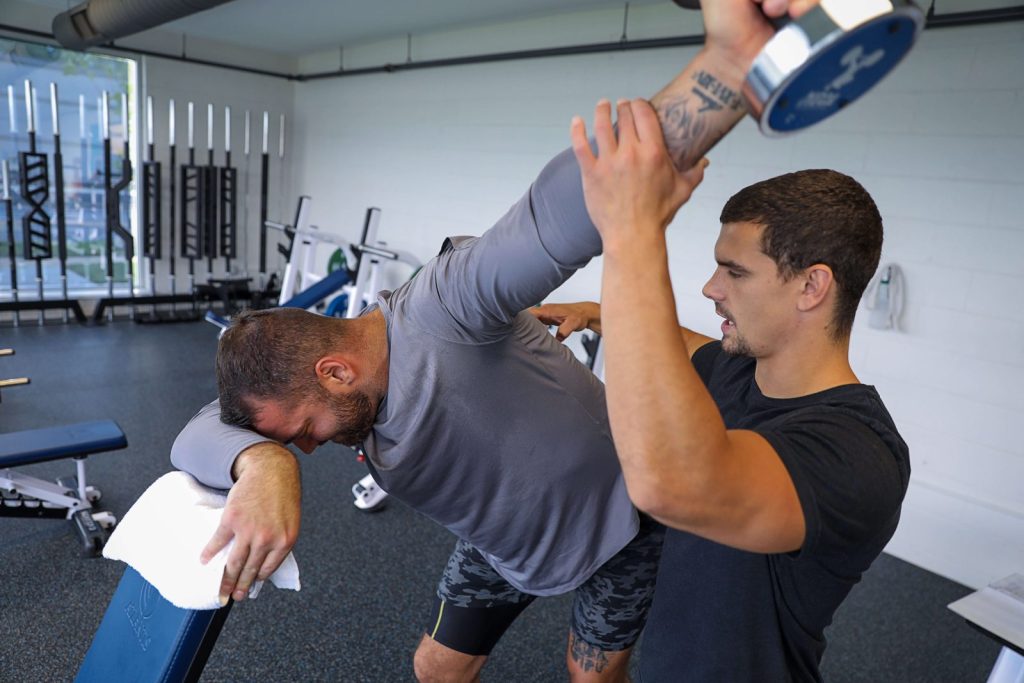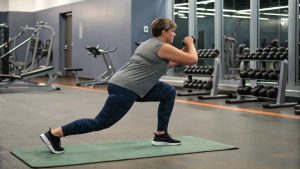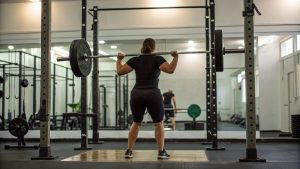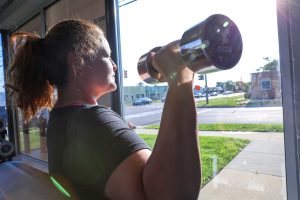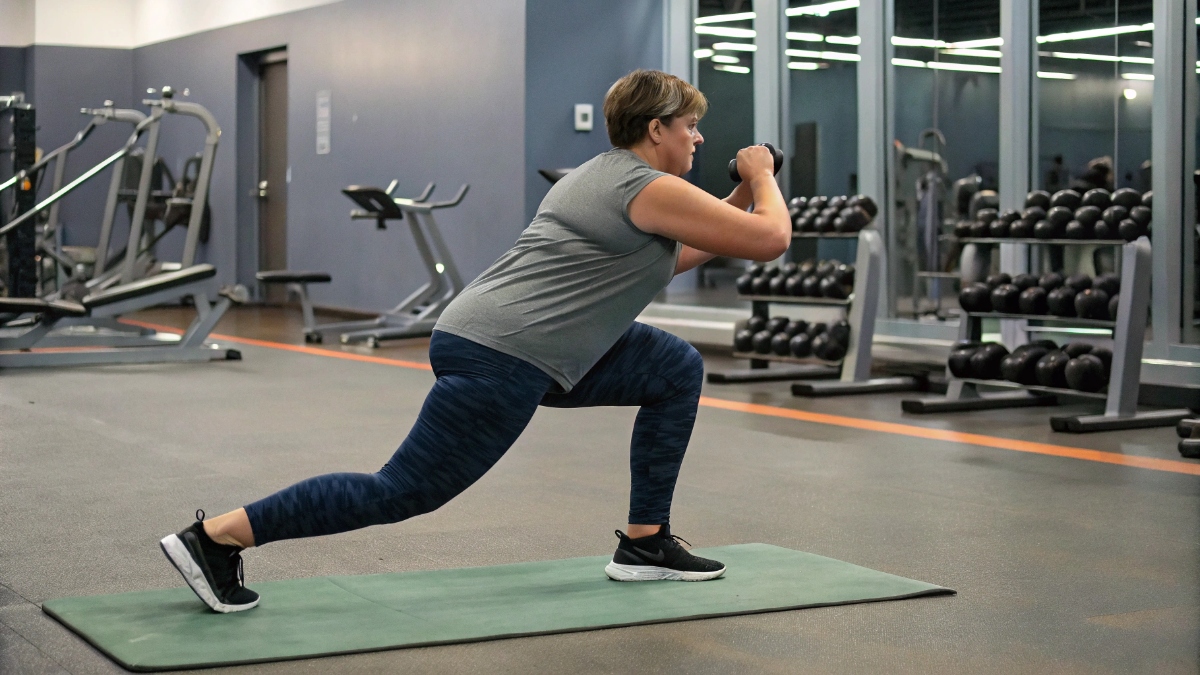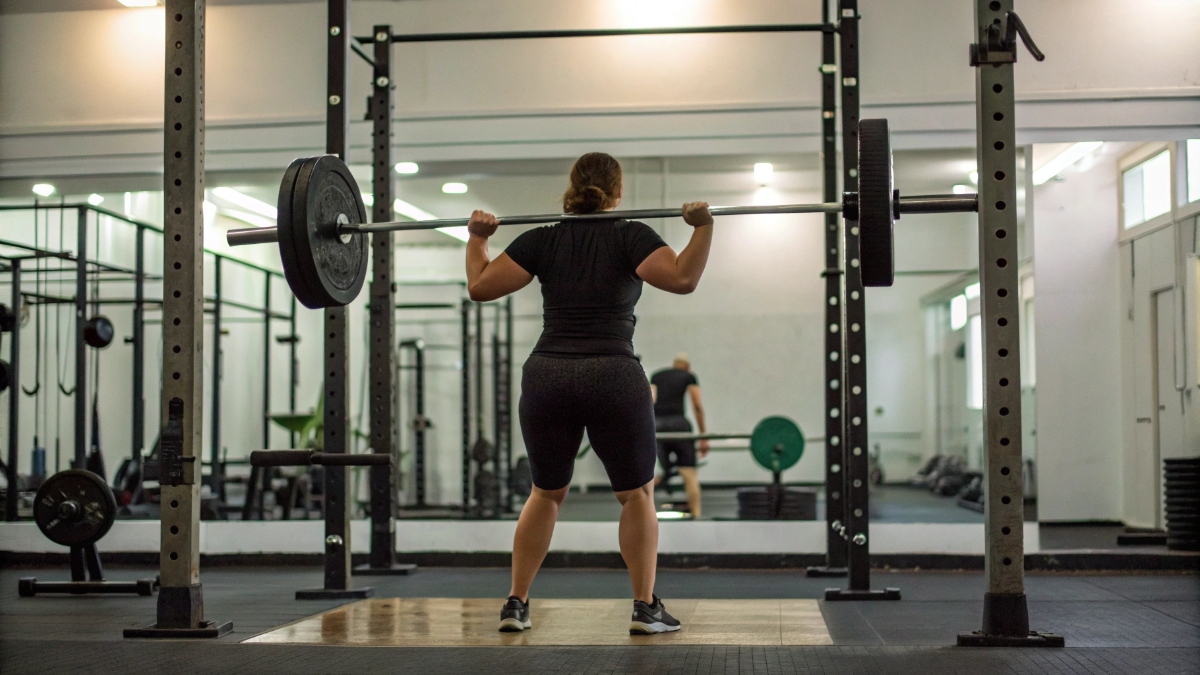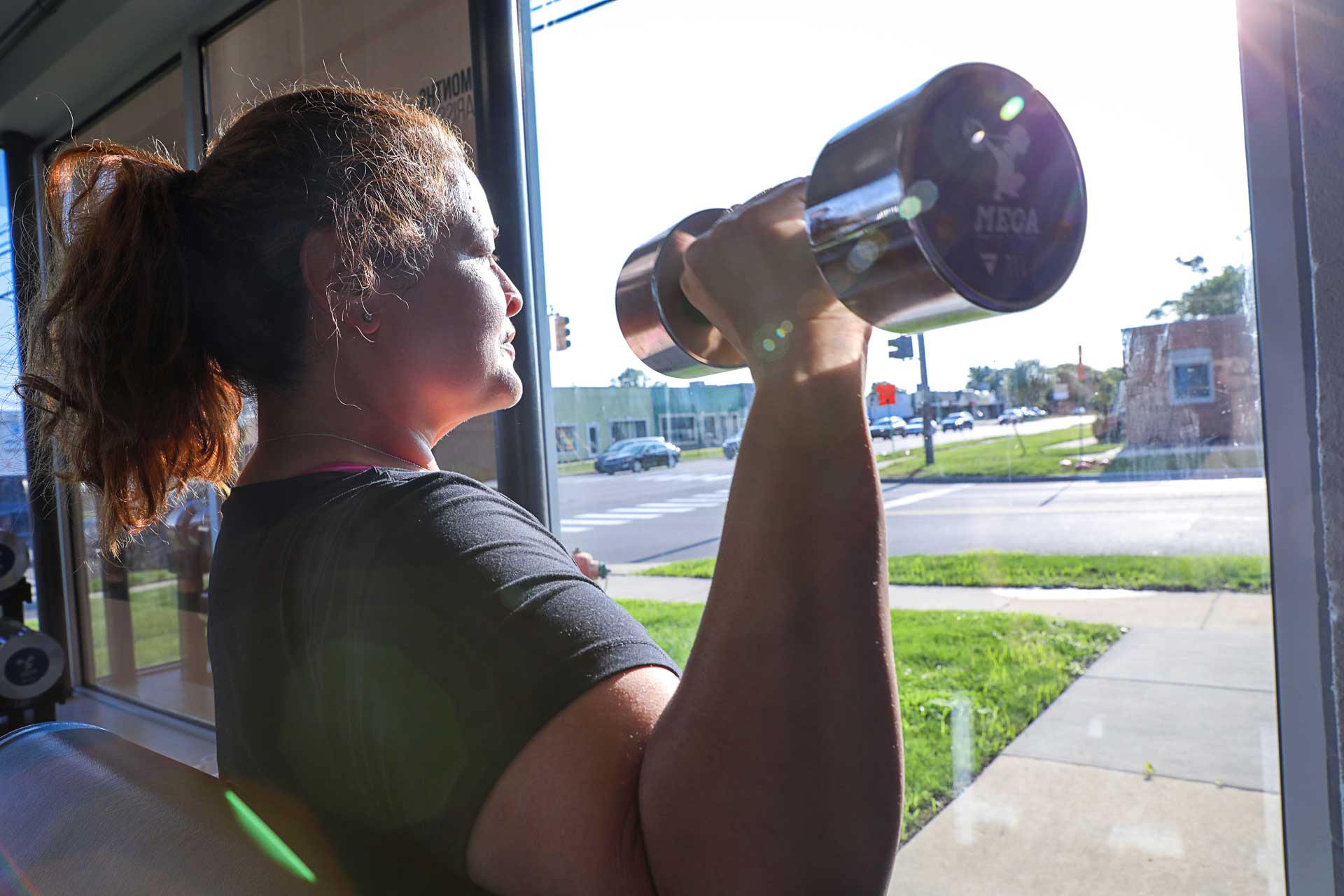If you’re an athlete in Detroit looking to unlock your true potential, it’s time to embrace periodization training. This structured approach to planning your workouts isn’t just a buzzword—it’s a proven system used by elite athletes worldwide to maximize gains in strength, speed, endurance, and recovery. By tailoring your training to match your goals, the seasons, and even Detroit’s unique gym schedules and community resources, you can transform your performance and stay ahead of the game.
Let’s dive into how periodization training works, why it’s essential for Detroit athletes, and how you can adapt it to your lifestyle for optimal results.
Understanding Periodization: Phases and Principles
At its core, periodization training is the art of breaking down your training into manageable, focused cycles. These cycles are carefully structured to prevent plateaus, avoid overtraining, and ensure steady, long-term progress.
Macro-, Meso-, and Microcycle Breakdown
Periodization training is organized into three main phases:
- Macrocycles: These are your big-picture plans, typically spanning 6-12 months (or longer). Think of this as your yearly training calendar—the master blueprint that outlines your major goals, like peaking for a marathon or football season.
- Mesocycles: These are medium-term blocks, usually 4-12 weeks long. Each mesocycle focuses on specific goals, such as building strength, increasing endurance, or refining speed. For instance, a Detroit runner might plan a mesocycle to peak during the Free Press Marathon in the fall.
- Microcycles: These are your week-to-week or day-to-day plans, typically lasting 1-2 weeks. Microcycles help you stay on track, adjusting for fatigue, progress, and life’s curveballs (like Detroit’s unpredictable winter storms!).
The genius of periodization lies in its phased approach—gradually increasing intensity, volume, and complexity, then tapering when needed. This method allows your body to recover while making consistent gains, minimizing the risk of injury and burnout.
Choosing the Right Periodization Model for Detroit Athletes
Not all periodization models are created equal. The best system for you depends on your sport, schedule, and personal goals. Here’s a look at popular models and how Detroit athletes can tailor them:
Linear Periodization
This classic model gradually increases intensity while decreasing volume. It’s ideal for athletes training for a specific peak event, like a high school state championship or a competitive bodybuilding show at the TCF Center. For example, a Detroit sprinter might steadily increase sprint speeds over several months, culminating in a peak performance during the summer AAU track season.
Undulating (Non-Linear) Periodization
If you thrive on variety, undulating periodization might be your best bet. This model allows for frequent changes in intensity and volume throughout the week or month, keeping workouts fresh and challenging. It’s perfect for busy Detroit professionals balancing work, family, and fitness, like someone training at Detroit Tough Gym who needs flexibility in their plan.
Block Periodization
For athletes specializing in high-skill sports like hockey or football, block periodization emphasizes one key focus per block (e.g., strength, power, speed). For instance, a Detroit hockey player might dedicate a block to building explosive power before shifting to speed and agility work as the season approaches.
Adjusting Cycles for Detroit’s Sports Seasons
Detroit’s seasonal sports scene offers unique challenges and opportunities. Fall is prime time for football, cross-country, and soccer; winter belongs to hockey and basketball, while spring and summer bring baseball, track, and endurance events. Aligning your macro- and mesocycles with these seasons ensures you’re peaking when it counts.
For example:
- A football player at Cass Tech might build strength during the winter, shift to power in the spring, and peak for speed and agility by August camp.
- A marathon runner could focus on aerobic base-building during Detroit’s winter months, add speed work in the spring, and peak for the Detroit Free Press Marathon in October.
Implementing Your Cycle Plan in Local Gyms and Parks
Detroit offers a vibrant mix of gyms, training centers, and outdoor spaces, making it the perfect city to implement your periodization plan. Here’s how to make the most of the Motor City’s fitness scene:
Gyms and Training Facilities
From hardcore strength gyms like Detroit Barbell Club to cutting-edge performance centers like Michigan Elite Conditioning for Athletes (MECA) in Madison Heights, there’s no shortage of places to train. At MECA, athletes benefit from expert coaching, tailored periodization plans, and state-of-the-art equipment—all designed to help you crush your goals.
Do you need 24/7 access for your crazy schedule? Consider spots like Anytime Fitness or Planet Fitness. Looking for group energy? Check out True Body Fitness in Corktown or The Gym Detroit in Eastern Market.
Detroit Parks and Outdoor Spaces
Don’t overlook Detroit’s outdoor gems for your microcycle sessions! Belle Isle Park offers scenic running routes and open spaces for agility drills, while Palmer Park is a favorite for group fitness meetups. Adjust your training to the seasons—hit the track at Wayne State in the spring, then take your sprints to the Dequindre Cut when the weather warms up.
Tracking Progress: Key Metrics and Logs
No periodization plan is complete without tracking progress. Here are essential metrics to monitor:
- Lifts and Weights: Track maxes, reps, and percentages for key lifts (like squats, deadlifts, and bench press).
- Speed and Endurance: Record sprint times, mile splits, and distance covered.
- Recovery Markers: Log sleep quality, heart rate variability (HRV), and perceived exertion.
- Seasonal Adjustments: Note how weather, facilities, and life events impact your training.
A simple journal, app, or spreadsheet can keep you on course, and your coaches at MECA can help refine your plan based on this data.
Why Periodization Training Works (and Why Detroit Athletes Need It)
Periodization training in Detroit isn’t just theory—it’s backed by science and proven by countless athletes. Here’s why it’s essential:
- Optimized Gains: Periodization balances stress and recovery for maximum strength, speed, and power gains.
- Injury Prevention: Systematic progression reduces overuse injuries common in year-round training.
- Peak Performance: Whether you’re a high school athlete, weekend warrior, or elite competitor, periodization ensures you peak at the right time, like the city’s spring track season or the summer baseball playoffs.
- Adaptability: Detroit weather and schedules can be unpredictable, but periodization gives you the flexibility to adjust without losing progress.
- Mental Focus: Clear goals in each cycle keep you motivated, preventing burnout and stagnation.
Ready to Elevate Your Training? MECA is Here to Help
If you’re serious about mastering periodization training in Detroit, there’s no better partner than MECA. Founded by renowned strength coach David Lawrence in 2011, MECA has been a game-changer for athletes across Michigan. Our mission is clear: to elevate the level of health and sports performance in the state by delivering superior training and expert coaching.
At MECA, you’ll find:
✅ Customized periodization programs tailored to your sport, schedule, and goals
✅ Elite-level equipment and facilities
✅ Supportive, experienced coaches who care about your success
✅ A community of like-minded athletes pushing for greatness
Whether you’re aiming to make the varsity team, earn a college scholarship, or stay fit for life, MECA is your go-to resource for structured, effective periodization training in Detroit.
Schedule your consultation and start building your personalized periodization plan!

